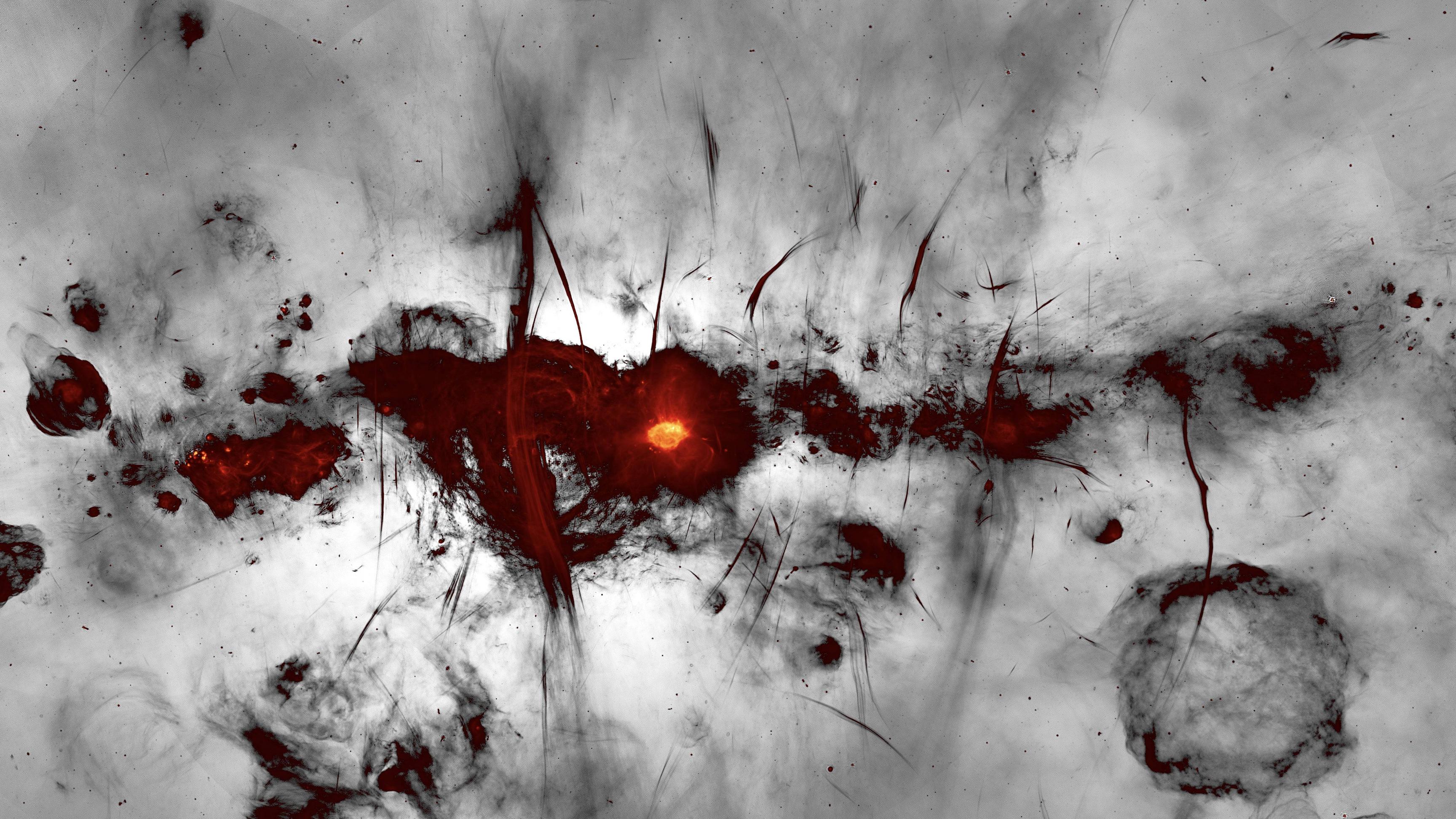this post was submitted on 11 Jun 2023
23 points (100.0% liked)
Space
7296 readers
1 users here now
News and findings about our cosmos.
Subcommunity of Science
This community's icon was made by Aaron Schneider, under the CC-BY-NC-SA 4.0 license.
founded 2 years ago
MODERATORS
you are viewing a single comment's thread
view the rest of the comments
view the rest of the comments

https://www.ndtv.com/science/scientists-find-filament-like-structures-100-times-bigger-than-milky-way-cousins-3544168